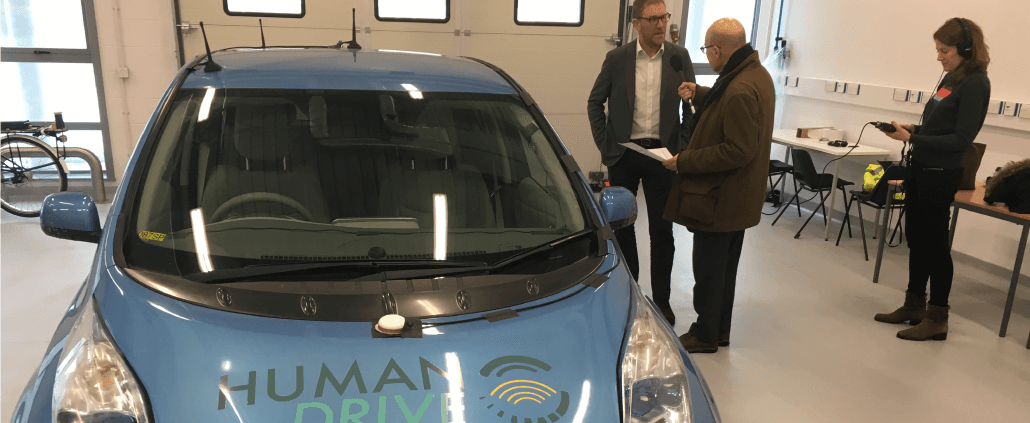CAV Cyber Security Framework
Vehicles have evolved to become increasingly connected with in-vehicle devices and external systems and infrastructure. Connected and Autonomous Vehicles (CAVs) will soon begin to appear on our roads whilst at the same time, cyber attacks across all sectors are increasing in regularity and sophistication. To provide assurance to the public that the security risks associated with CAV technology are being appropriately managed, SNC Lavalin’s Atkins business has developed a comprehensive CAV Cyber Security Framework (CCSF).
The CCSF is based on the five functions (Identify, Protect, Detect, Respond and Recover) of the globally recognised National Institute of Standards and Technology (NIST) Cyber Security Framework. The five functions of the CCSF are supplemented by a combination of industry standards and best practice to create a set of cyber security outcomes and objectives. This framework is being used by consortium partners to aid the delivery of a secure CAV ecosystem for HumanDrive.
For an overview of the CAV Cyber Security Framework see our infographic which you can also download here.













